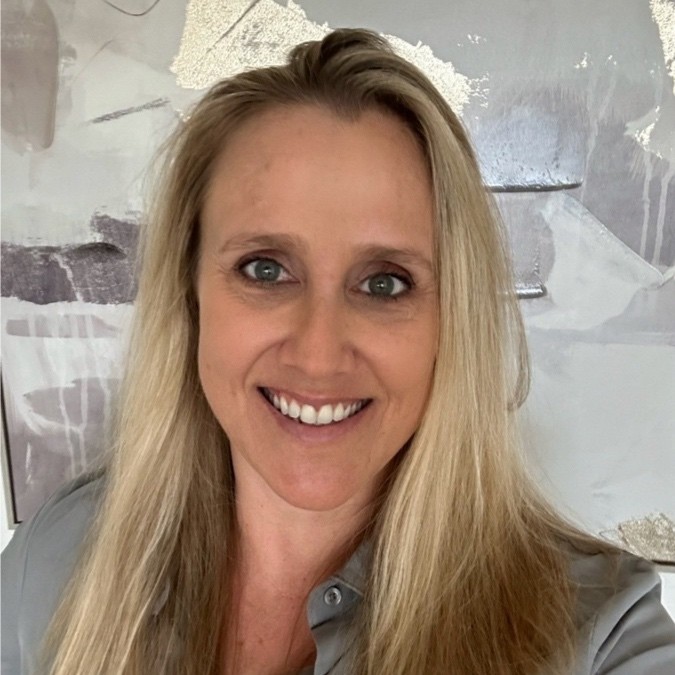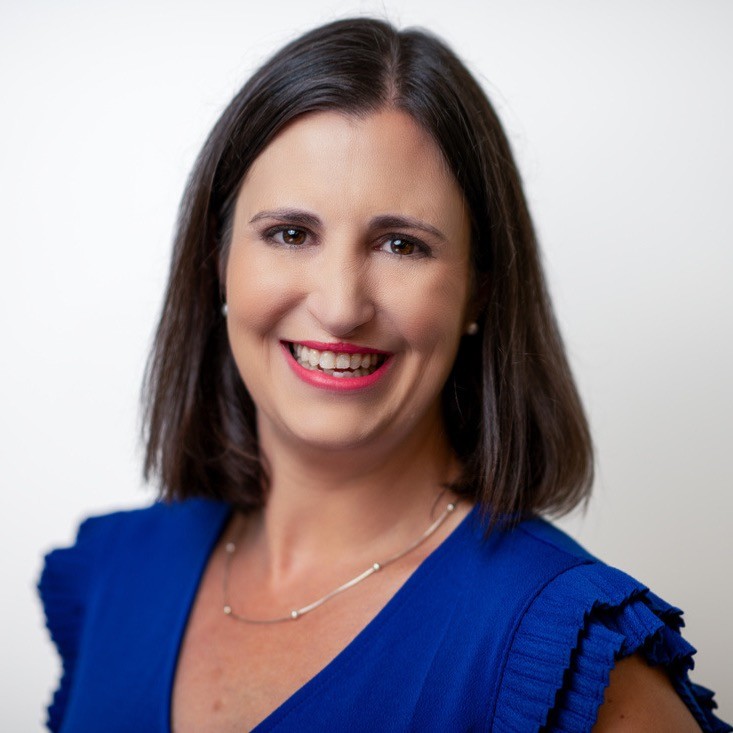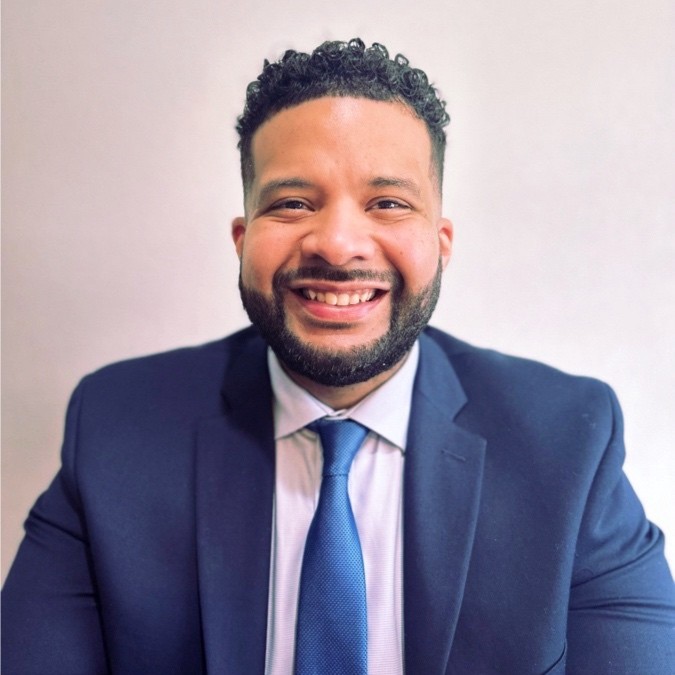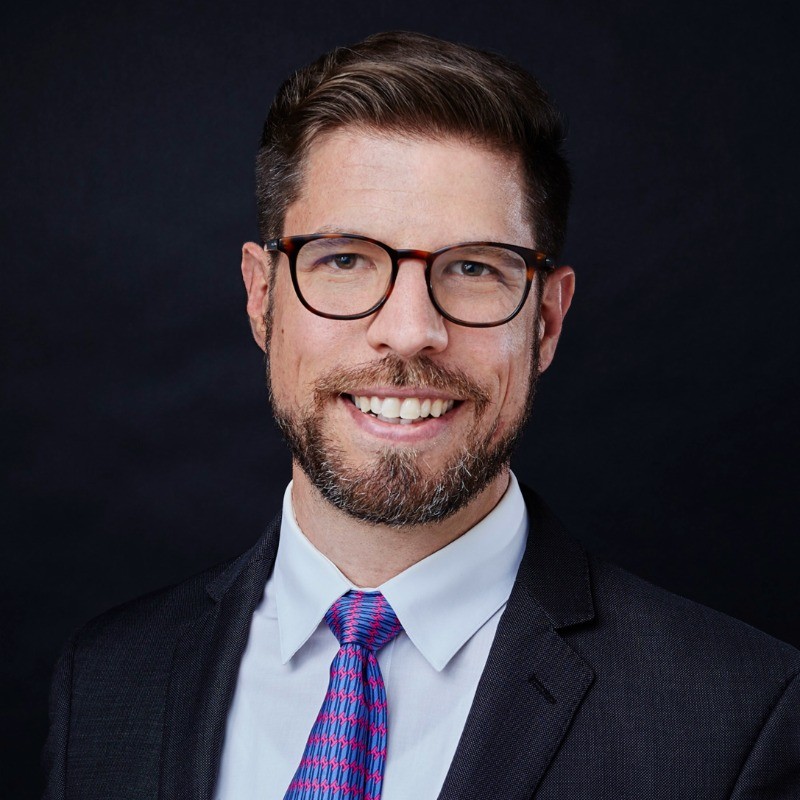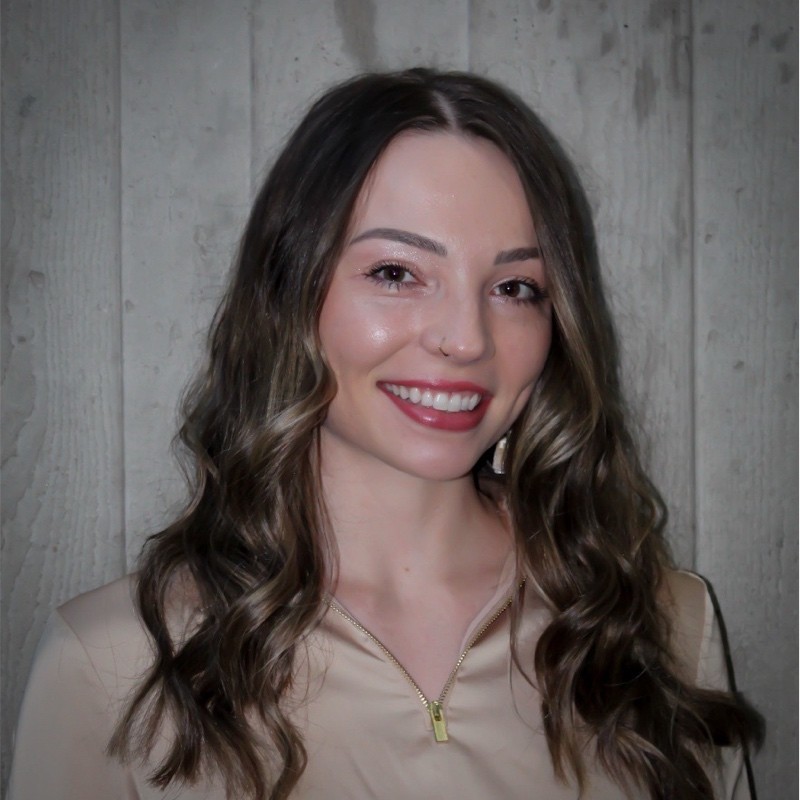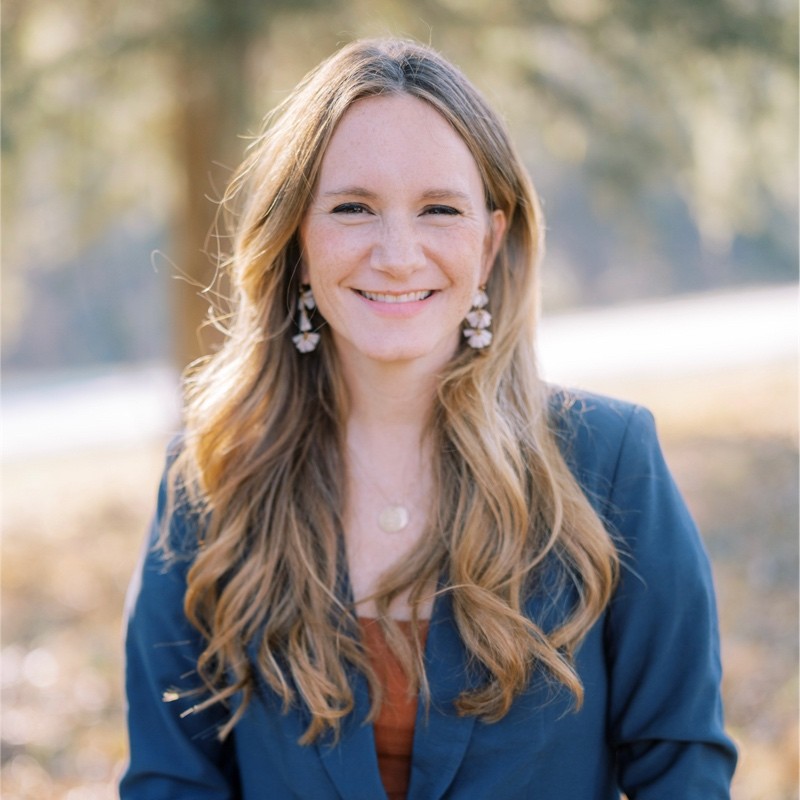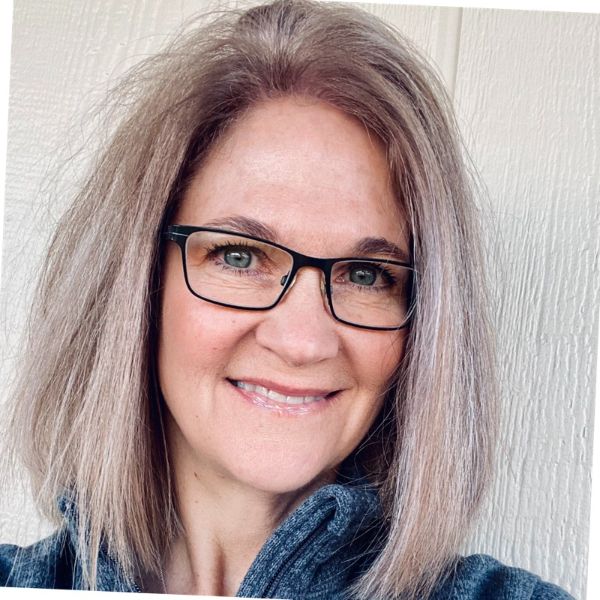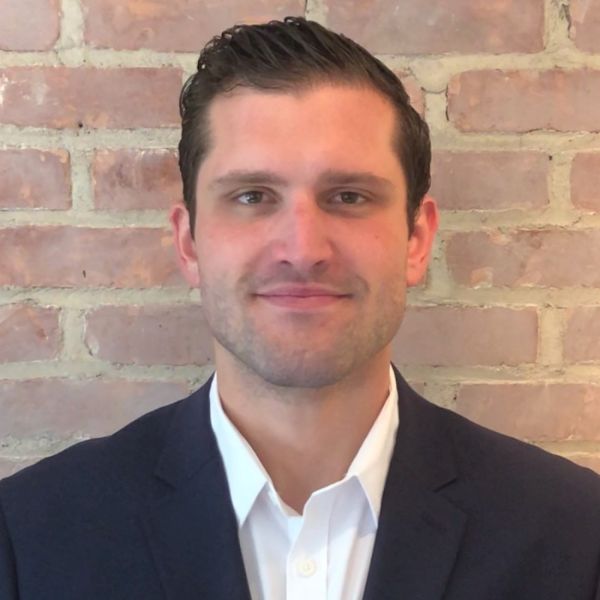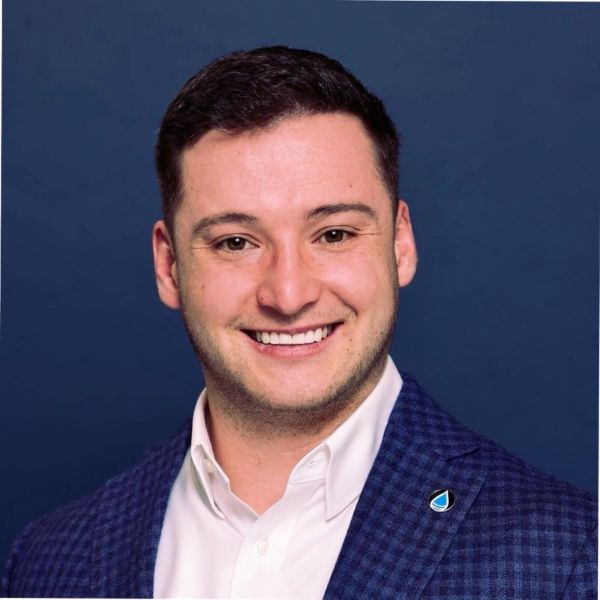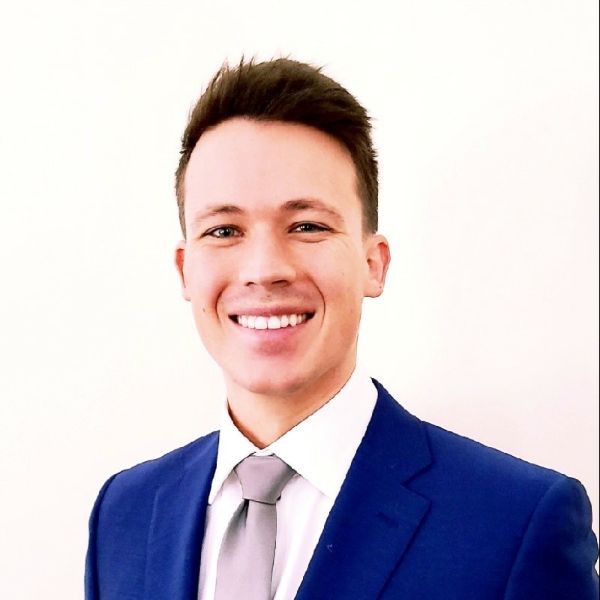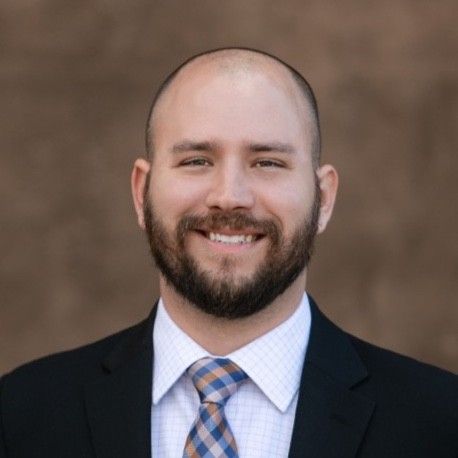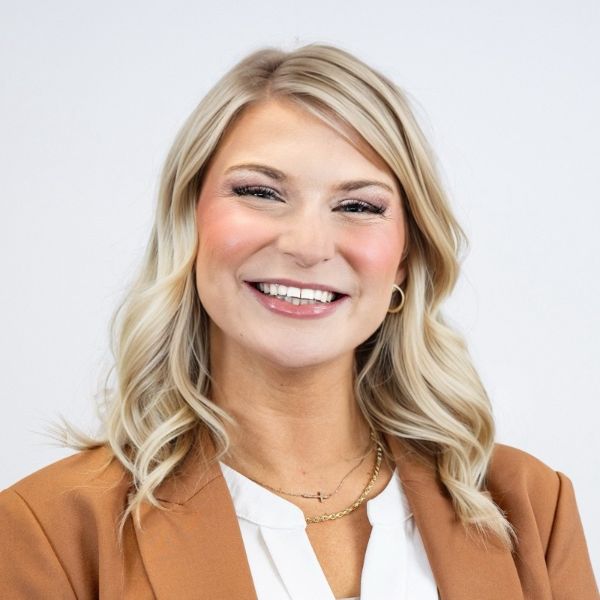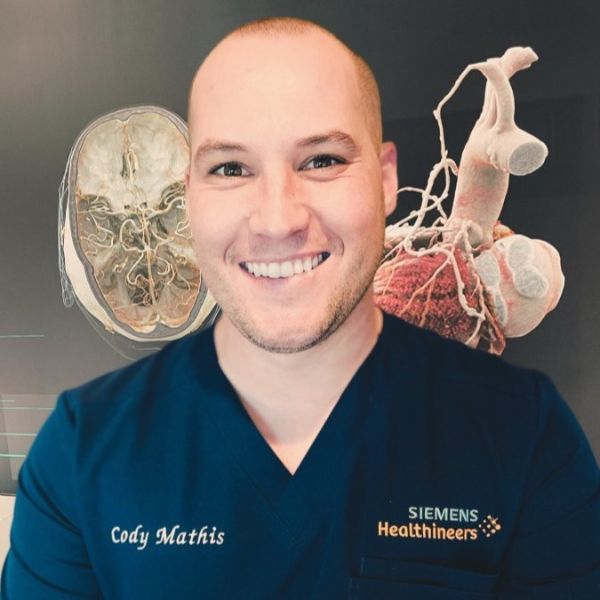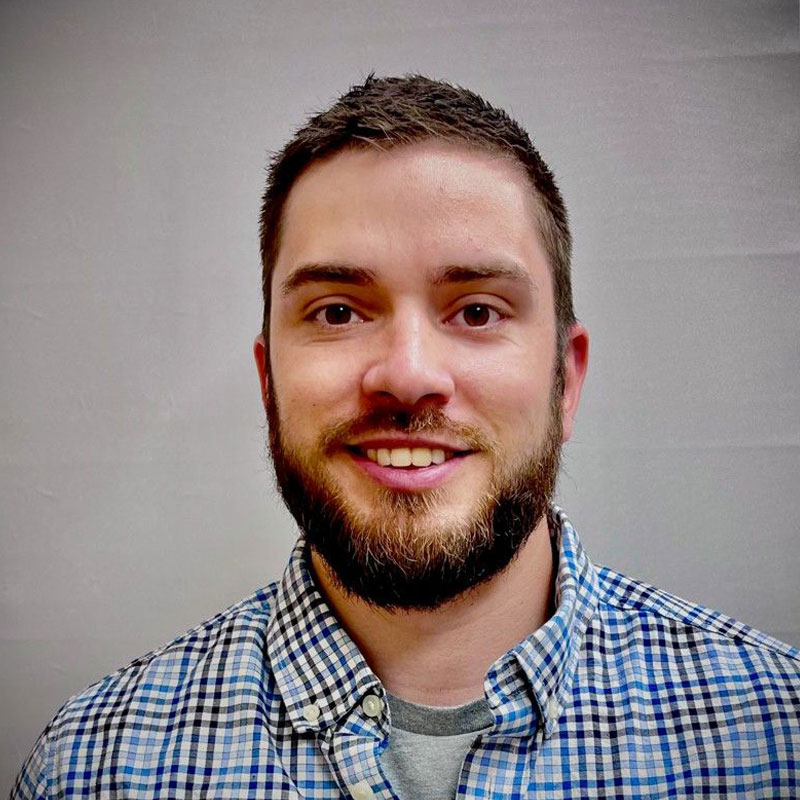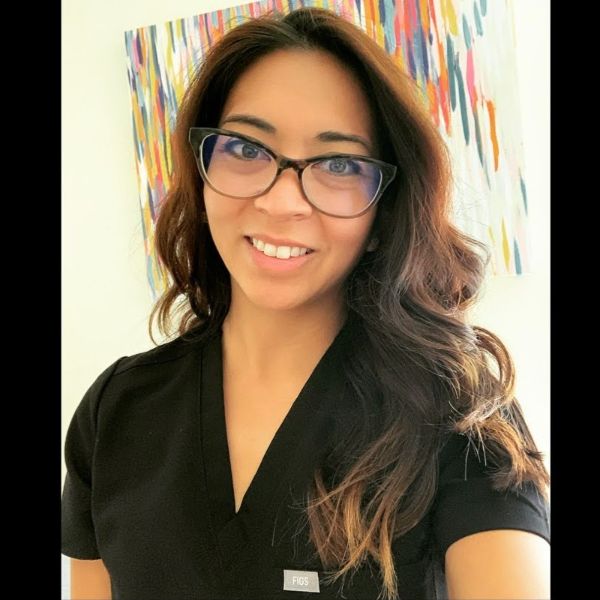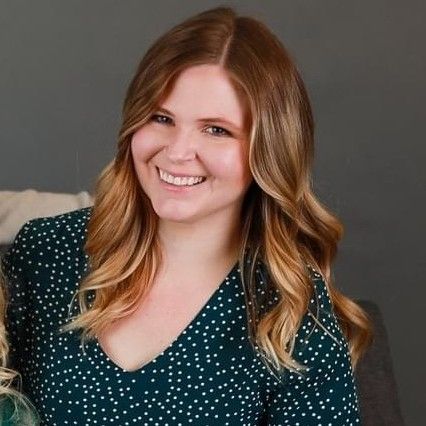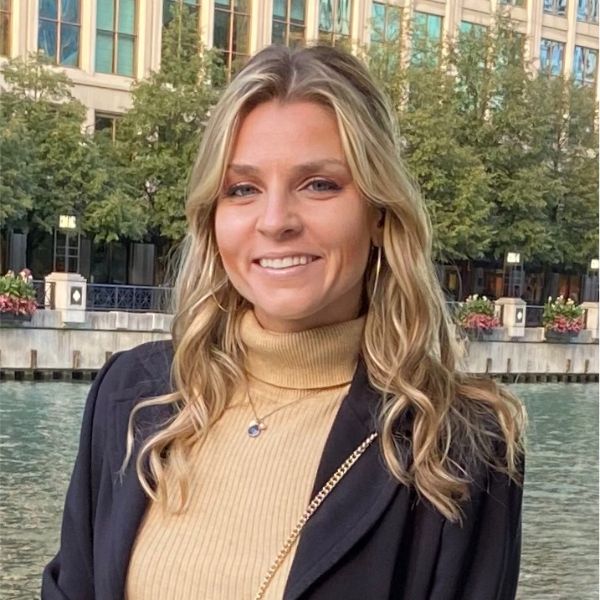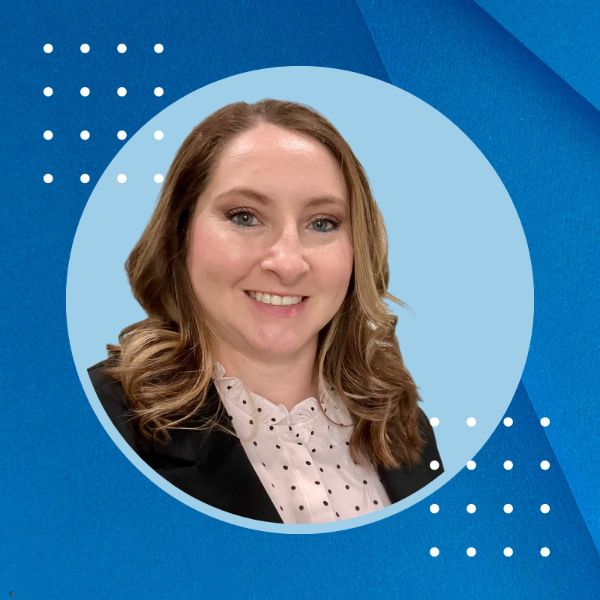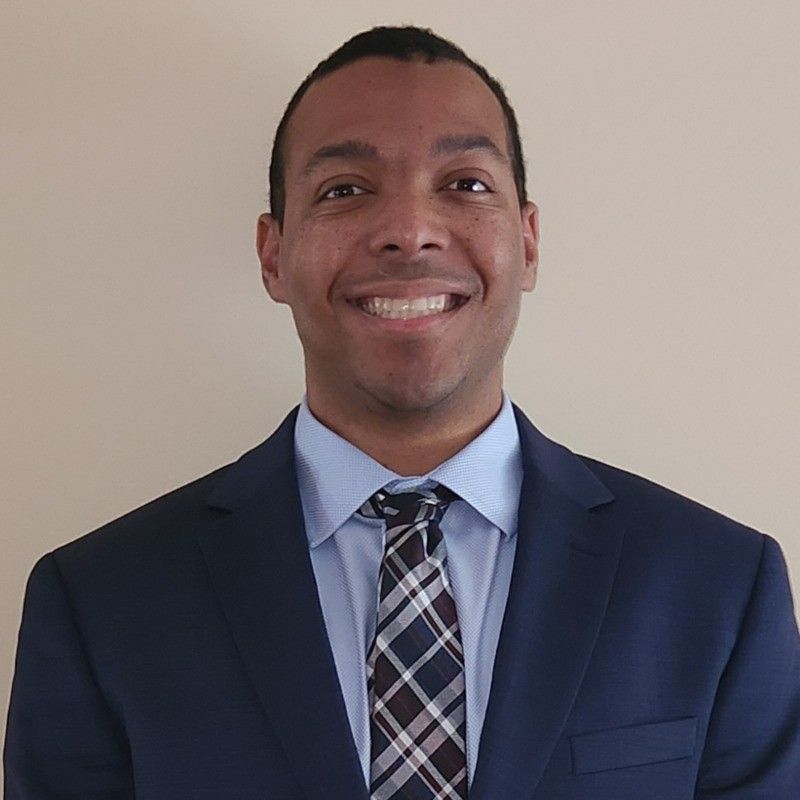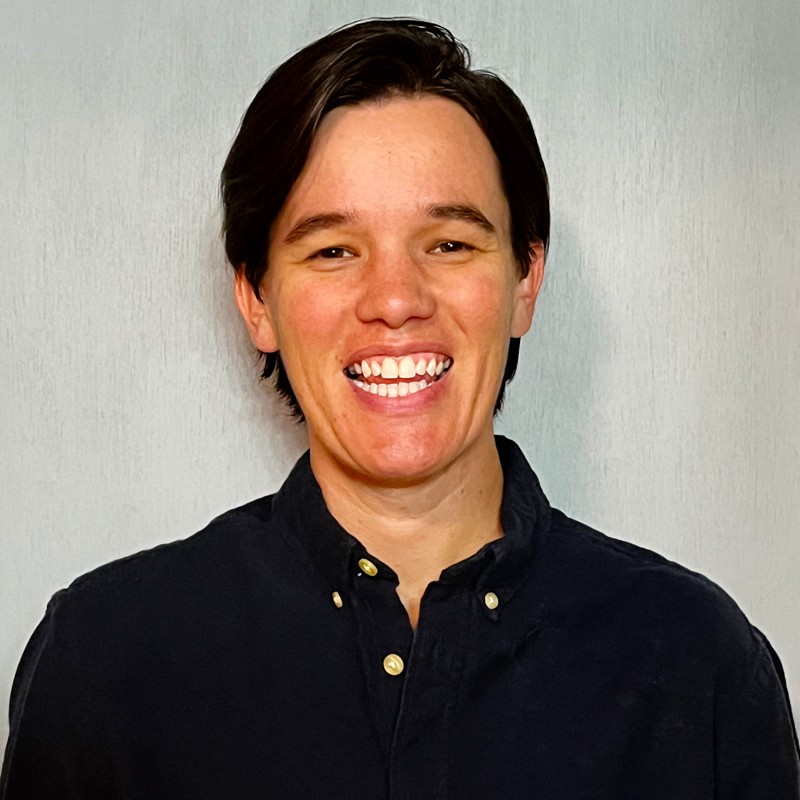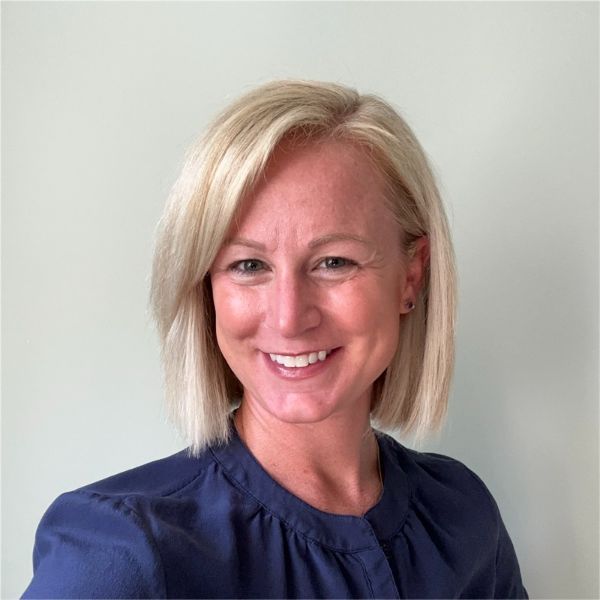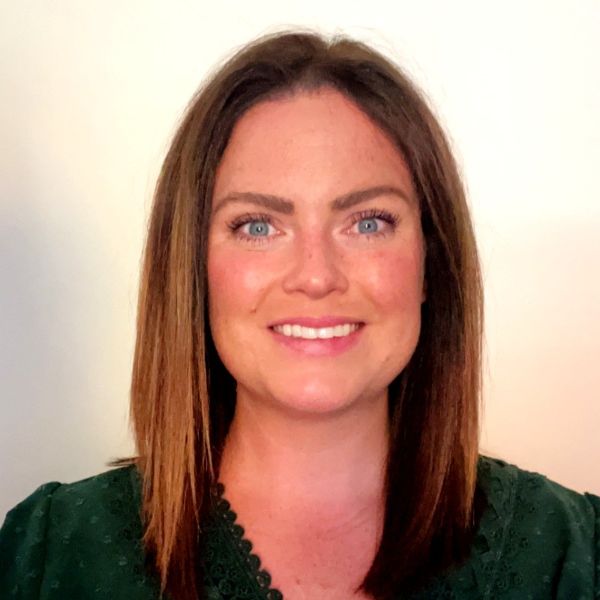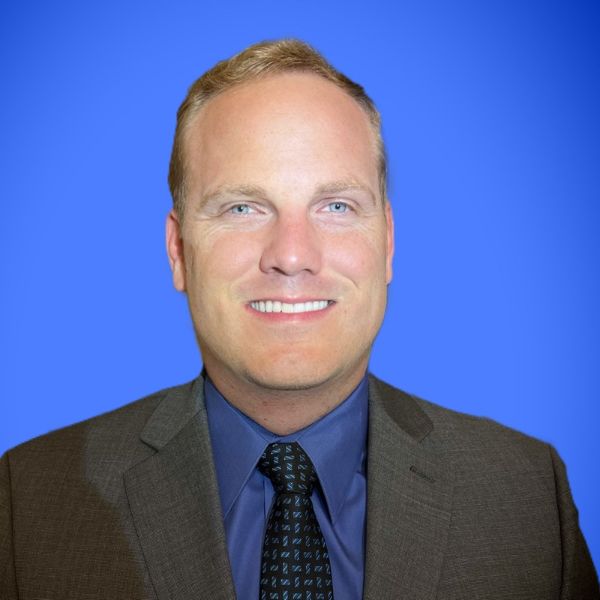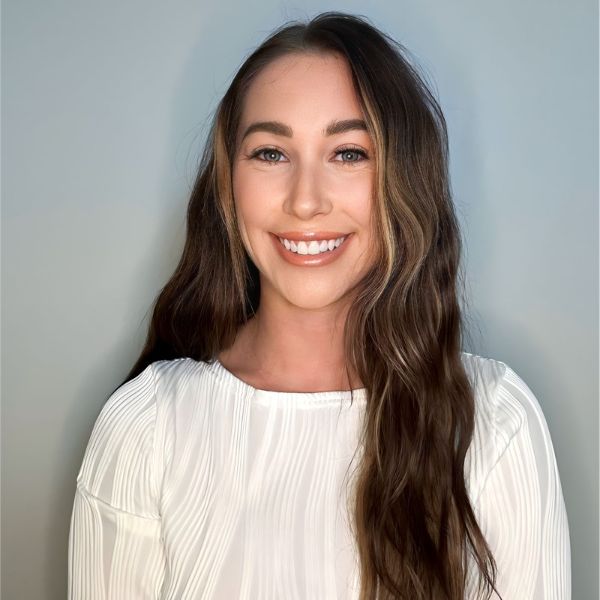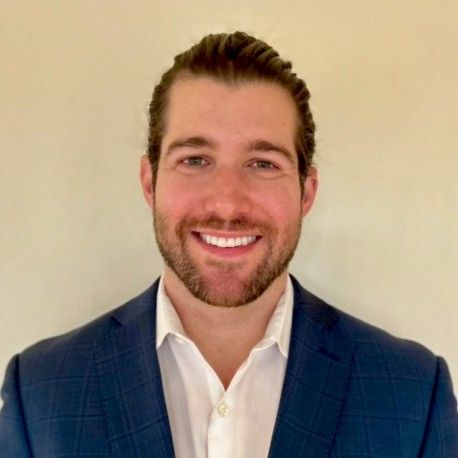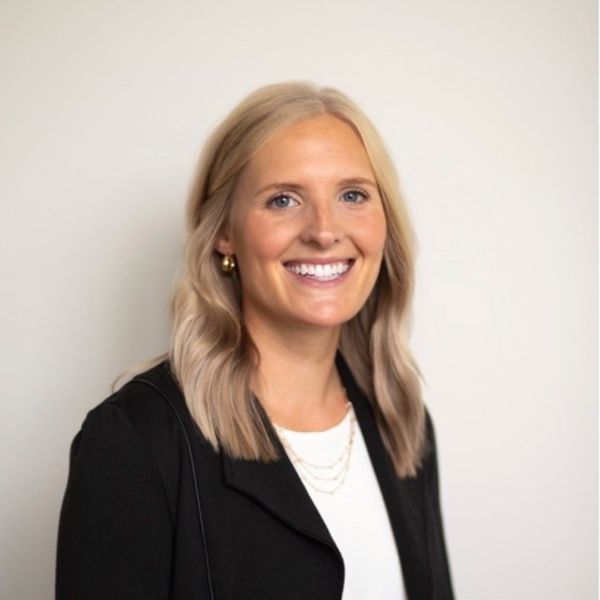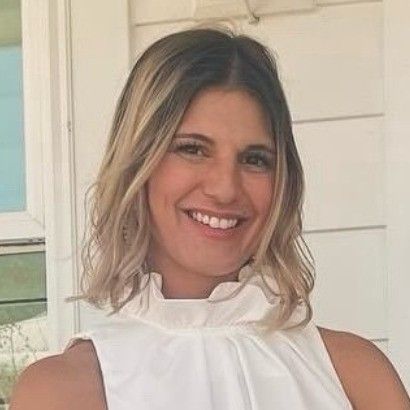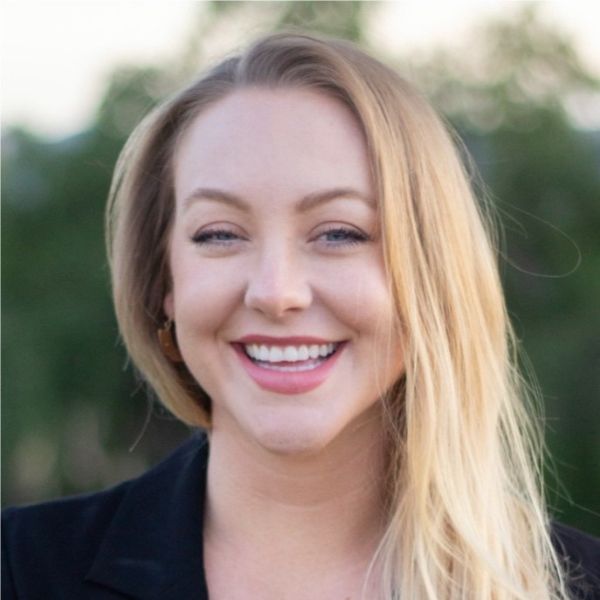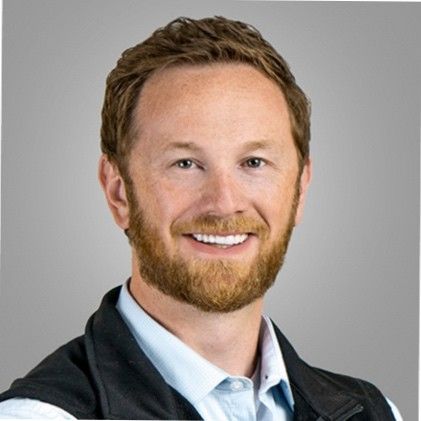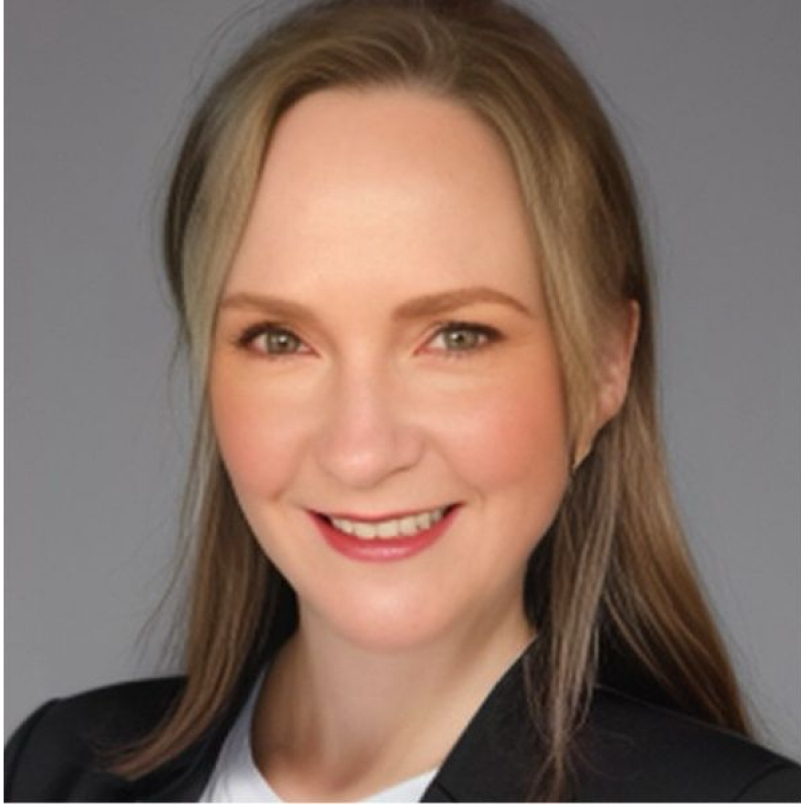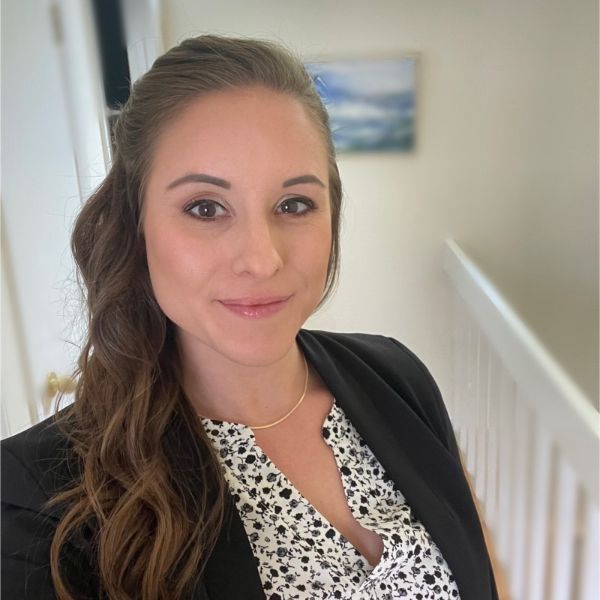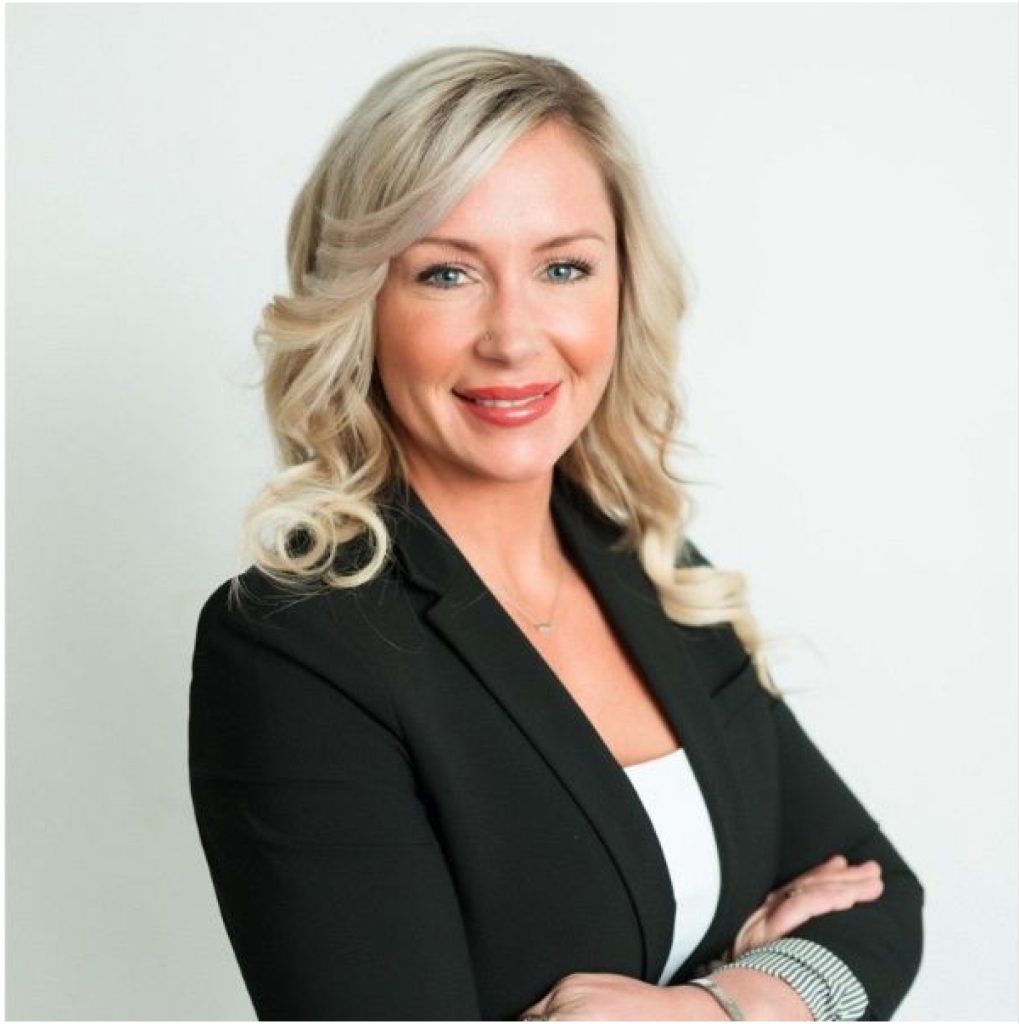Building your brand in medical device sales requires experience, strategic insights, and a relentless pursuit of excellence. In this episode, Samuel Adeyinka interviews Pat Kothe, founder of a company specializing in medical devices for healing abscesses. With 40 years of medical device sales experience, Pat discusses how to build a successful medical device sales business. He reflects on his early career in pharma and B2B sales, and how it led him to his entrepreneurship journey. Pat discusses the challenges and opportunities in the medical device sales industry and the stages of creating a business. From product adoption and soft launching to building long-term relationships with customers, Pat walks us through the process of building a successful brand. He also touches on the sales funnel, the art of hiring, and more. Tune in now and discover how to build your brand in medical device sales.
The CE experience for this Podcast is powered by CMEfy – click here to reflect and earn credits: https://earnc.me/bVNbwl
—
Watch the episode here
Listen to the podcast here
Building Your Brand In Medical Device Sales With Pat Kothe
In this episode, we have with us another special guest by the name of Pat Kothe. He’s someone that spent 40 years in the industry in medical device sales. He had a small stint in pharma at the very beginning of his career and even had a stint in B2B sales right out of college. He went on to be a founder of a company that specializes in a device that helps with the healing of abscesses but I’m not going to say anymore. I’m not going to spoil it for the episode. As always, thank you for reading. We’re bringing innovative guests that bring you insight into the medical sales industry. I do hope you enjoy this interview.
—
Pat, how are you doing?
I’m doing great. Thanks so much, Samuel.
Why don’t you tell everybody who you are and what you do?
I’ve been fortunate enough to be in the medical device field for about 40 years. I started on the sales side of things and moved over into marketing. I spent a lot of time with different technologies, anywhere from very complex technologies like heart valves and angioplasty. I’ve also been involved with some simpler technologies. Over the years, I had the pleasure of launching over 50 medical devices into the marketplace. What we’re doing is taking a very simple device into the emergency department to help with a common problem. That’s how to treat abscesses. I’m passionate about the medical device field, being successful within that and helping other people to be successful as well.
Talk to us a little bit about the product. It treats abscesses. Give us a little bit more.
Abscesses are pretty common. About 1% of all patient visits going into an emergency department are due to abscesses. It’s an infection under the skin that fills with pus. Some people refer to them as boils or abscesses. It’s a common thing. When it occurs, you get some infection and the area becomes red and sore to the touch. The way to solve it is you have to open it up and get the pus out. That’s historically been done with a scalpel. Take a scalpel, make a 1 to 2-inch incision and then drain everything that’s out of there but for it to heal, you have to keep it open.
Air needs to get into that space. It heals from the inside out. To keep it open, people put gauze inside that open space. Once you put the gauze in, then you have to pull the gauze out. You can do that up to five times. You can imagine that’s not a pleasant thing for patients to experience. My partner is an emergency medicine physician. He has been searching for a better way to treat these abscesses. That’s what we have done. We have come out with a different way that eliminates the large incision and makes two small incisions. Instead of putting gauze in, we eliminate that step. That prevents people from having to come back to the emergency department.
It’s a simple way with a simple device to make the procedure go faster and lower the failure rate of the procedure by over 40%. There’s less patient pain and ultimately less cost for the healthcare facility. We have launched into the US marketplace and got the product design through FDA. We are launching it here in the US. We had some great responses because it solves some problems on the clinician side, the patient side and the healthcare provider side.
The standard is up to five visits to take care of this abscess. With your device, how many visits does it reduce?
One. Instead of making that large incision, what we’re doing is making two small incisions. To keep it open, we put a piece of plastic and form a loop with the piece of plastic. That loop stays in after the procedure is done. All the patients need to do is move that loop of plastic a couple of times a day to keep air flowing in there. When it’s healed, they take scissors, cut it and pull it out themselves. That eliminates the need for the patient to have to go back to the healthcare facility.
Reimbursement is what it’s all about in this marketplace. From a reimbursement standpoint, this is reimbursed with a ten-day global code. Anything that happens within those ten days from that procedure is covered under one code. Those revisits that healthcare facilities and physicians have are not covered. They’re wasting money as well as time.
You’re hitting it across the board. I’m assuming these abscesses heal faster with this procedure.
It’s about the same time. A typical abscess is going to be healed in a 3, 4 or 5-day timeframe, some of them a little bit longer. It’s a painful thing for the patient to go through. It’s also painful for them to go back to continue to have this packing changed. They can go to the ED. Sometimes they go back to the primary care physician to do it. We all know that it’s not fun to upset your day and have to go back. You know that you’re going in for some pain.
It’s not fun at all. This sounds like a no-brainer. What has been the reaction? How widespread have you been able to take it so far?
A no-brainer in medical devices is an oxymoron. Every time, you hear, “This is a simple thing. Everyone should adopt it.” Our business doesn’t move that way. Our business moves slowly. What we have been trying to do and this is typically what you do with a medical device, is you don’t go out and hire a sales force right from day one and start doing it. You do a soft launch. In that soft launch, what you’re doing is trying to learn certain things about your product and the marketplace. As much pre-work as you do in launching a product, you only learn once the product hits the doors. Somebody has to pull out their pocketbook and need to make a decision and a purchase.
You have to validate all of the assumptions that you’re making when you’re rolling out a product. That’s everywhere from, “How does the product work in the clinician’s hands? What are the true benefits that they see when they’re using it? Is there anything that needs to be changed with that? What does the packaging look like? Is it working through the value analysis process fine? How do we get it on the shelves? Who’s stocking the shelves? Who’s opening the boxes? Who’s supporting it? Who’s setting up the procedure? Are patients able to follow the directions of the physician?”
You need to put in there all of these assumptions. There are the metrics. What’s the timeframe that it takes? What’s the gestation period for a sale? What do you need to do in terms of getting somebody excited about it and then working through the hospital buying process? You have to validate all of those things because as a startup company, you’re not going hire a bunch of salespeople and have them go out and say, “We’re in value analysis now. It’s going to be 4 to 6 months. I got to cool my jets out here.”
We’ve got to be able to understand things to be able to scale because you may end up saying, “We’re going to start with this size sales force. We validate it. It takes X amount of time to do that. We’ve got a financial plan that matches up with the sales process. We’re launching it that way.” We have taken a slow roll with it. We launched the product. We have had the first implants of the product or the first use of the products mid-year in 2022 but remember, this is an emergency department product. Launching into COVID was not a whole lot of fun because EDs were still packed at the end of 2022.
The other thing that we have seen within the ED community is that the pressure that these people are under and the staffing situations that they’re under were not an optimal time to go out there and say, “I got a new product.” We pulled back and were able to go through the process with a small number of customers to do this learning. In the second quarter of 2023, we said, “COVID moved past the time where it’s critical. We’re not going to be the jerks walking in the door trying to talk about a product when they’re under siege.” We’re starting to get some customer interactions and moving through the sales process.
You bring up a good point because there needs to be a validation period for any product that goes to launch. Talk to us a little bit about what’s the pivotal point where you say, “It’s time to get a sales force.” What are you expecting to see? What are you waiting for to get the green light to take it to the next stage?
There are a lot of different things that you need to do. First of all, is the product exactly right? Is there anything about the product that you’re going to need to change? One of the things about medical devices and different types and classifications of medical devices is sometimes you can learn them early. Sometimes, you can’t. With our particular product, the pathway was not to do clinical trials. We did a lot of trials in cadavers and got over 400 clinicians to use it in a simulated manner but simulated is simulated. It’s not in real patients.
[bctt tweet=”One of the things about medical devices and different types and classifications of medical devices is sometimes you can learn it early, sometimes you can’t.” via=”no”]
If you’ve got a PMA product or you take the de novo pathway where you have to do clinical trials, you can learn a little bit more about your product. If you’re an exempt product or a 510(k) product where you don’t do those clinical trials, some of that learning occurs in real time once you get that product out there. There are certain things that you can validate about a product pre-approval and some things that you have to do post-approval. That’s the first thing.
The second thing is there’s a big difference between when you’re talking to a clinician and saying, “Will you use my product pre-approval,” versus once you hit the door. I’ll give you an example. I spent ten years in the heart valve industry. We launched a new mechanical valve several years back into the US marketplace. There was one dominant player. St. Jude was a dominant player at that point in time with their mechanical heart valve.
We went to clinicians and said, “We got this new product. Here’s what it is. It’s being used in Europe. We’ve got this clinical information.” They said, “We can’t wait until you get here. We’re going to change to it because St. Jude has been putting it to us for years. They’re the only player on the market. We feel that we have been overcharged.” We were getting that whole song and dance. We hit the marketplace with a big thud because the difference between somebody saying they’re going to do something and doing it are two different things.
In our instance, when you think about a cardiothoracic surgeon putting a heart valve in, they’re not only putting a heart valve in and making a change that day. They’re putting their reputation on the line for the life of that patient. The saying back in the day was, “Cardiothoracic surgeons will change spouses faster than they’re going to change a heart valve.” For that reason, it’s such an important decision for them and their lifetime that they’re very cautious.
That’s what we see in medicine every day. Clinicians are evidence-based. They don’t make rash decisions. They make decisions that are thought out. It usually takes a little bit of time to do that. That’s why product adoption takes a little bit of time. As you launch that product, those are some of the things that you’re looking at. You’re not only looking at how long it takes you to go through the VAC process but it’s, “How long does it take for a clinician to change practice? What is the excitement level? Are your messages resonating with those clinicians?” Those are some of the things that you need to do.

At that point, you’re taking that feedback and making changes and modifications. Sometimes they’re slight and sometimes they’re more than slight. They are going to resonate to help launch your product. I can’t give you an exact timeframe for the process because it all depends on your product and how much pre-work you did. There are some good things you can do before you hit the market to try and get a lot of this information. You’re not going to get all of it but there’s a difference between fine-tuning your messaging and your value propositions and overhauling them.
What would you say has been the biggest challenge with the adoption by clinicians? If you don’t know what that is quite yet, what’s the anticipation?
What we validated on the sales process is we can get a clinician excited. We can get them to request it. We can get the value analysis team to evaluate our product and get it on the shelf. We validated that they will purchase it. We validated that the initial champion will start to use it. What we haven’t validated is how we move the rest of the people in the hospital to start adopting that.
That’s where we’re at. Let’s say you’re going to change from one hip to another hip implant. The hospital will have your hip on the shelf and the physicians will put that hip in. When you have a physician preference item, it’s not one decision that a hospital is making. It’s many decisions by individual clinicians. That’s our product. We can get our product on the shelf but it has to be pulled off the shelf.
Getting it pulled off the shelf is a technique change. That’s an individual doctor change. You need to sell to those individual doctors. In our case, that’s our challenge. That’s what we’re working on. We think we’ve got the validation of everything else but it’s like, “How do you get and change the minds of individual surgeons or emergency medicine physicians?”
For those out there that are thinking about stepping into launching a product on their own, during this entire time, you’re needing to get investment dollars to keep all this going because you haven’t been able to take the product to market yet. You’re banking on investment dollars this whole time.
This is nothing new, whether you’re a startup or in a large company. I’ve been in large companies and done the same thing. You have to learn something. Sometimes those learning curves are in a 90-day period. Sometimes they’re a little bit longer. It depends on how much you need to learn, what that learning is and what changes you need to make. My preference is always to do a soft launch for whatever you’re doing because you’re going to learn some things.
You can learn a lot pre-market if you ask the right questions and do the right things. What you see in startups many times is it’s engineering-driven or driven by somebody other than a professional marketing person or salesperson. If you wait too long to bring that professional marketing or salesperson in, the ability to learn those things early on and make those changes more difficult. If you bring that sales or marketing leader on and they’re able to dig in, ask the hard questions and try and get things, my heart valve example is a perfect thing.
We would have been better at answering the question of what is it going to take or, “Doctor, you’re telling me that you will change but look me in the eye here. Cut out the BS. Is this something that you will do when I come and talk to you the day that it’s released? Let’s put ourselves forward into that position. Tell me the real feelings you’re going to have when I come to you.” All of those things are important as somebody is coming in with a new product. To me, it’s the right way to launch a product, whether you’re big, small or a startup.
Let’s switch gears a little bit. I want to dive into a little bit why you decided to go this route, considering you were in corporate life for a while. You put in your time. When did you decide to say, “I want to hang it up.” Let me ask that question. Was it more like, “I want to do something on my own. That has always been my ambition. It has always been in the back of my mind,” or one of your customers saw this opportunity and said, “We can make something of this,” and you decided to go that route and here you are? What brought you to where you are, moving from the corporate structure that you were previously in?
I was in the corporate structure. I was with a heart valve company. We got sold and it didn’t work out for me. We got to put it that way. The company and the person I was reporting to weren’t a good fit. I moved over into the startup business at that point. That’s something that I’ve been thinking about for several years. I had some other ideas for startups on my own while I was at a heart valve company. If you’ve got it in you, you need to scratch that itch. I had it in me. I moved over into a startup and then into another startup. You figure out what is right for you, your personality and what you want to do. It’s not that one is better than the other. It’s what’s best for you.
One of the things that I enjoy about what you’re doing is that when salespeople are coming in, they don’t know a lot of things. You’ve got a green person. They don’t know what medical devices are. They don’t know what pharma or diagnostics is. How do you learn those things to say, “I’m right for this particular marketplace?” That’s one of the things that you do well. You’re not having a one-size-fits-all, “Everybody needs to be in the spine rep space.” Everything is different.
I’ll give you my experience in sales. I started in sales and on the pharma side of things. I did my one-year copier sales and then decided that wasn’t quite what I wanted to do. I saw the medical space and thought that the medical space could be an interesting space for me. I got my start in a company that had pharma products. They also had a device. We had a joint venture. It was American Hospital Supply at the time. American Critical Care was a division.
We had some pharma products and a joint venture on a Swan-Ganz catheter. It’s a catheter that’s still in use. What I discovered there is I’m not a molecule guy. I’m not a pharma guy. That didn’t turn me on. I didn’t do well in chemistry in high school. I didn’t take it in college. It was not the direction I wanted to go. I liked having a product in my hands. I liked being able to talk through it and more or less romance the product. That’s the way I describe it.
That fits my personality much better than pharma. I learned that about myself and moved into the device field from there. I did my two years in pharma and then moved to the device side. That’s what floated my boat. That’s what I’ve devoted my career to because that’s what I like but other people like pharma. It’s discovering what’s good for you. It’s not jamming something down on somebody. You have to understand who you are and what you like.
[bctt tweet=”Discover what’s good for you. You have to understand who you are and what you like.” via=”no”]
Considering you had such a perspective and a long career. You got the taste of pharma and a medical device and you’re even in the startup world. Give us some of the things you believe make amazing sales reps. We will stay in the med device space. When it comes to medical devices, what are the top three things that you say you have to see or that you’ve seen over and over again and that you know are going to make a successful sales rep?
I’m a big believer that past success predicts future success. If you’ve been successful in the past, that’s something very important to me as I’m evaluating people. The other thing is, “How did you achieve your success? Do you understand how you achieved your success? Did you luck into it? Did somebody give you a prime territory?” That’s not reproducible. What exactly did you do? Do you understand the success that is going to take you forward so that you can repeat it?
I’ve hired people that have been successful and then not successful with your product. It could be many different things. Their reproducibility wasn’t there because they didn’t understand it. Their drive changed. I could sit there and say, “Drive is one of the most important things to do.” The old thing of getting out of bed is the most important. I believe that. I sincerely do. Are you going to get up every day, be consistent and do it? Are you going to say, “I’m going to play golf. I’m going to do my office work?” That’s a good excuse for not going out and interacting.
The drive is a critical thing to assess. What is it about the drive? More specifically and digging into that, is the drive consistent with your values? I look at that from my standpoint. If somebody says, “I want to make a gazillion dollars,” once you make those gazillion dollars, what do you do next? What is that? The other big thing for me is, “Am I in it for me? Am I in it for we? Am I the star of the show? Are my customers the star of the show?” If you put your customers first, that’s going to be a long-term success. That’s going to be a person that your customers are going to gravitate toward and have relationships with. That means long-term success.

This has changed over the years but your typical sales rep career path is usually 2 years in the 1st job, 3 or 4 years in the 2nd job and then a little bit longer stint in the 3rd job and then you move from there. What we’re seeing is much shorter tenures in jobs. As somebody who’s doing the hiring, that’s something that I’m going to consider. When you think about these short-tenured jobs as a hiring person, it’s a tremendous amount of effort that goes into making a hire. If I see somebody that’s got the 1 to 2 back-to-back, what’s going to make that change? That’s what I can expect.
You’re thinking, “They’re going to make me a 1 to a 2-parent position. Why should I hire that person if they’re going to be here for a short time?”
I put a poll out on LinkedIn because I saw somebody that did one of these 1 to 2. I wanted to find out a little bit about what hiring managers are thinking. The question that I posed was, “Would you rather have a person that’s going to be 120% of quota and they’re going to leave in 2 years or somebody that’s going to be 100% of quota and they’re going to be there for the long-term?” It goes to who that manager is and how they value things.
It goes to how long that manager wants to stay in that spot. If that manager only wants to be there for 2 years, then that 2-year rep is the best thing to happen to them.
As the manager, you’re saying, “I want to get promoted. The best way for me to get promoted is to hire a two-year wonder rep. I’ll ride that up and get my promotion. What happens in the territory in the region is somebody else’s problem.” If I’m the VP of sales and you ask that same question to the VP of sales, you may get a different answer. How you answer that question depends on who you are and where you are.
What I’m saying is that if you’re managing your career and you’re coming in as a salesperson and we know the first job is probably not going to be a long-term deal, that’s typically the way it goes but if you’re one of the people that are moving from job to job, think about who’s making the hires, what their value systems are and how old they are. Are they a boomer? Are they Gen Z? Are they a Millennial?
What do they value? What does your track record say about you long-term? That’s something that a lot of people don’t think deeply enough about because managing your career is something important to all of us but when you flip it around and take it from the me and what’s good for me versus the we, the company and the customer, it’s a little bit different picture.
How do you feel then about the rep that says, “I’ve spent 1 to 2 years being a performer in all these different positions but this company has been my destination. I’ve done that to get all the acquired skills to be a performer at this company and stay in this company for the long-term?” If you heard something like that, would you believe it? Would you resonate with that? What do you think?
It depends. That’s something that you have to dig into. The art of hiring is not about reading a resume and saying, “This is the past. This is the qualifications.” The art of hiring is to get down into somebody’s motivations. Do you believe them? Are they consistent with what they’re saying? Is their past consistent with what they’re saying in the future?

I’ll always be skeptical. This is what we deal with clinicians every day. They’re skeptical. You’re bringing them a product and they’re saying, “I hear what you’re saying but where’s the data?” As a hiring person, it’s the same way. You could tell me a lot of things but your past is important. I’ve got to figure out what makes you tick. My job as a hiring manager is to get into the motivations because the single greatest predictor of success is going to be, “Are you motivated to do it? What is your why?”
Let me ask you this then because there’s a new phenomenon that’s happening and I believe that COVID was a big catalyst for it. That is the opportunity for a representative to brand themselves on social media. Before I go any further, now that we’re in the vein of, “Do you believe them,” and what you take into account when you’re potentially wanting to hire someone, how do you view the ability to brand yourself on social media as this powerful and very resourceful rep? How do you see that when it comes to the person you’re talking to potentially interview?
When you are out there, you’ve got a presence on social media and you’re doing it the right way, being yourself and providing value, I am 100% all for it. It’s a fantastic way for you to market yourself, what you’re doing and your company but that doesn’t mean that you should try and create something that you’re not. You can aspire to do different things but you can’t create them.
You know that I’ve got a podcast. The podcast is called Mastering Medical Device. I did a podcast episode. The episode was titled, Creating Your Personal Brand is Garbage Advice. I didn’t say, “Building your personal brand.” I said, “Creating your personal brand.” Creating means I am going to look at a marketplace and say, “I want to be the expert in this marketplace. I’m going to create myself as the expert.” Creating doesn’t mean anything. It means that you’re building a fictitious something. Building who you are is extremely valuable.
I put it this way. Branding is an interesting thing. We have moved from company brands and product brands. We have personal branding. I’ve been responsible for company brands and product brands. One of the objectives that you say when you’re creating a brand or building your personal product brand or company brand is, “We want to get our customers to know and trust us.” That’s what you want to do. “I want to get the customers to know and trust us.” LinkedIn is a great platform for getting people to know you. How do you get people to trust you? If you are inconsistent with who you are and what you say, it’s a recipe for disaster.
[bctt tweet=”If you are inconsistent with who you are and what you say, it’s a recipe for disaster.” via=”no”]
That makes it difficult for people to trust you, plain and simple.
I’ll tell you another example. I was at a company responsible for a product. We went out to the marketplace and said, “What does the marketplace think of us?” What we said is our product is better clinically. It’s superior, easier to use and all of that stuff. We did a brand audit and came back after we talked to a bunch of our customers. We came back and the message was, “You are positioned as the low-price leader.” It’s a different option of the marketplace versus our perception.
It doesn’t matter what you say. It’s what the customers believe of you. It goes back to this consistency thing. If you are trying to create something that you’re not and putting that out on social media, that is inconsistent. It’s inconsistency. Going back to the know and trust thing, you may be known out there but if you’re inconsistent with who you truly are, it’s going to come out and make you look bad.
You can aspire for things. I’m on social media too. I got a podcast. I put stuff out. I put content out there to do it but you should be skeptical of me and anybody that you listen to out there. Are they consistent? Are they telling things that are real and that are in there for me or them? One of my observations on social media is there are a lot of people who come in and try and create their brand. You can see right through it. “I’ve decided that I need to create something that people are going to buy into.” When I see that, I run away.
Let me ask you this. Everyone has heard the phrase, “You fake it until you make it.” There are two schools of thought. There’s the school of thought that’s like, “You can’t fake it until you make it. You either have it or you don’t. You come out with what you have.” There’s a school of thought that’s like, “You should fake it until you make it. You do your best to provide whatever you’re claiming to have until you have it.” I’ve seen both succeed. How do you view that phrase? How do you take that into account in what you’re saying?
I hate that phrase. It’s a horrendous way to do things. If you fake it until you make it, you’re lying to people. That is trust. That is something so abhorrent to me that people lie. I don’t have any good feelings about the fake-it-until-you-make-it crowd at all. You can learn while you are trying to make it. You can aspire while you’re trying to make it but don’t fake it because I know if you tell me, “I’m an expert in sales. I’ve got one and a half years of sales in there.” You’re not an expert in sales. You’ve got one and a half years of sales. You’re not an expert. Don’t try and tell me you’re an expert because, over the long term, you learn a lot of things.
You could be very smart and have some great insights into somebody that’s had a year and a half in sales but you’re not an expert. By faking it and saying, “I am,” it’s not consistent. That erodes the trust that you’re trying to build. That’s your reputation. Take away the words personal branding and put personal reputation in there. It helps to understand this branding concept and how important it is for you to be consistent.
Let me ask you this. My definition of medical sales is all-encompassing. It includes pharmaceutical, diagnostic, testing and all of it. In medical device sales and we will speak to your fields and expertise, you see medical device influencers. Out of all the industries, even if you consider testing, supplies, pharma or biotech, the highest number of influencers is in the medical device sales space.
I don’t know if any of them are claiming to be experts but a lot of them are claiming to have the know-how on how to be what you need to be in the medical device sales space. What’s your take on that? I want to know because this has happened in the past few years. COVID was a catalyst for this. All these medical device reps said, “I can’t see customers. I’m going to get online and do something about it.” What is your view on what’s happening in that regard?
I embrace it too. My company standpoint is, “Online is the new prospecting tool.” When you look at the sales funnel, it has historically been sales reps going out and doing the prospecting and the top of the sales funnel as well as the bottom of the sales funnel. Social media is at the top of the sales funnel. That’s the way it should be utilized. You can build things at scale a lot faster with great content to fill that top of the funnel. In my estimation on the device side, you still need face-to-face when you get more toward the bottom of the funnel but at the top of the funnel, you can utilize a lot of these social and digital platforms to be able to help with that. It’s got to be done the right way.
[bctt tweet=”Online is the new prospecting tool. Social media is now the top of the sales funnel. We have to embrace it.” via=”no”]
If you’re trying to build and create something that you’re not to be an expert, your clinicians are going to see that too. “That guy is in it for him. He’s trying to build his deal. I don’t want any part of that.” If you come in and say, “I’m going to provide content that’s going to be interesting and important for my community,” that’s a reputation that I would want to have. To me, that’s the way that you do it.
Sometimes, you hear the word influencer and think of the Kardashians and stuff like that. I don’t think our industry needs that but when you’re trying to influence different people with great content that is valuable for them, not for you, you may benefit from it but it’s content that you’re giving from yourself to somebody else. That is valuable. I would put my focus on building your community that way.
You said that social media has become the top of the funnel and has become a critical piece of selling. What do you think is going to happen in the next years? How is that going to evolve from your perspective?
It’s going to continue to evolve. It’s common across everything that we buy. The interesting thing is doctors are people too. They’re consumers too. When you go out and buy a car, the first time that you see that car is not when you walk on the lot. You’ve already done all your research on it. You already know about it. You know everything about what it looks like, how it behaves and all the specs on it. When you walk into the showroom, you don’t need or want somebody to be talking you through the whole thing. You’re already in that funnel. You want to move down further.
Physicians are the same way. They have heard about it online and at meetings. They have done some research on it. They have already been on your website. They have already done that. It’s a matter of fine-tuning their needs, understanding their needs, putting them in front of them and moving them down to the bottom of that funnel. That’s the new model that we’re going to continue to see evolve. Some companies are going in kicking and screaming with this.
I had the opportunity to launch a product into a marketplace that I knew was changing. I wasn’t going to go out with the traditional sales model, “Let’s hire salespeople and let them do that.” I had the opportunity to do it the other way. There are a lot of companies out there that have legacy systems and legacy understandings of what their sales process is, sales reps who are not trained to work that top of the funnel differently and marketing organizations that are not nimble enough to give up some of that because, from a marketing standpoint, one of the issues always is, “I control the content because we’ve got a regulatory responsibility to have the content come out in a certain way.”
“If I give that up to the sales representative and they’re out there saying some things that they shouldn’t be saying, I’ve got a real problem. I’ve got an FDA issue.” You have to do it responsibly and understand it. We’ve got these platforms, LinkedIn, Twitter, Facebook or Instagram that people are going on and having a presence on. They’ve got to make sure that they are trained correctly so that they’re not getting themselves and their companies in trouble. There’s a lot we still have to figure out here in how far can a rep push it and how far can the company give a little bit more rope.
We’re going to wrap this up pretty soon but before we do, tell us a little bit about your life with family and kids. How do you make this all happen? How do you have time to have a 40-year stellar career and then decide to do multiple startups and push this device you’re pushing? Talk to us about how you make that all happen.
I got a great family. I’ve got a beautiful wife, 4 kids that are all grown and 8 grandkids at this point. That’s the joy of your life. You go through seasons throughout your career. Sometimes the thought of work-life balance doesn’t work. It’s never 50/50. It’s never balanced. There are some points in time when you’re devoting more to your career. There are some points in time when you’re devoting more to your family. Those are the choices that we make. You have to find your balance and how it goes.
One of my favorite books is called When Pride Still Mattered. It’s a biography of Vince Lombardi. I grew up in Wisconsin. I’m a Wisconsin boy. I’m a Packer fan. In essence, what that book showed was that Lombardi was revered as a football coach, not so much as a family man. He sacrificed his family for immortality on a football field. That’s a choice that some people make. It’s not the choice that I make but everyone makes their choices in how they want to do that.
You go through your career and life and say, “What is important to me? Why is it important to me? How do I want to structure things?” Know that it’s never going to be perfect. It’s always going to be messy. There are going to be times when you’re on the road, the dog eats the hamster. That happens. There are going to be times when you’re on vacation and you get pulled into some disaster that happened at work. It’s always messy. It’s never 50/50 but if you choose a career that you like, enjoy and feel good about, that’s the most important thing.
We’re going to close this up with our lightning round. You already answered one of the questions on the best book you’ve read but this is your favorite book. Maybe you will have a different book for the last few months. Do you?
I’m reading a book. This is one of the things. You try and understand your customers as much as you possibly can. You try and understand their lives as much as you possibly can. I picked up a book. It’s called Tornado of Life: A Doctor’s Journey through Constraints and Creativity in the ER. My customers are emergency department docs. I want to know as much as I possibly can. This is a great read.
That sounds good. I’m going to check it out. Tornado of Life is by who?
His name is Jay Baruch. He’s an emergency medicine physician. What’s interesting to me about it is doctors’ lives are messy too. The practice of medicine is messy. You take the ED. It becomes even messier because people are coming to visit you on the worst day of their life. They have to understand what’s going on with that patient amidst the chaos. It’s a fascinating read to me.
What’s the best movie or TV show you’ve seen in the last few months?
I watched something pretty interesting. It was on Netflix. It was a documentary called Earthstorm. I went through tornadoes, hurricanes and earthquakes and saw footage that I’d never seen before and some time-lapse footage of tornadoes and storms. That was fascinating to me. Often, we get caught up in the drama of a story. The story of our planet is interesting too.
What’s the best meal you’ve had in the last few months?
I live in Texas. I’ve had the privilege of eating in a lot of great places throughout the world but I’m pretty simple in what I like to eat. Barbecue is great. We’ve got some great barbecue places here in Texas like The Salt Lick. Rudy’s Bar-B-Q is a place in a gas station that has some great brisket. That’s one of my favorites.
Lastly, what’s the best experience you’ve had in the last few months?
I come from a family of eight. I’ve got four brothers. Every couple of years, we get together and play golf. With the pandemic, we had to take that a little bit further and delay that. We got together again and it was a great time. I’m also getting together with some of my high school buddies, the guys that I played ball with and guys that I hadn’t seen in 40 years. We got together, told all the lies and had a great time. That was a fantastic trip and something that we would all cherish.
We’re going to wrap it up but I didn’t touch on this. I want to ask you about this. You know about our program and programs like ours. What is the importance to enter medical sales? My definition of medical sales is all-encompassing. When someone that’s not in the industry wants to enter, it has become crowded. We alluded to it that it’s one of the best careers in the world. Everybody wants to be a medical sales rep. It has become extremely challenging to get into. How do you see the value of things like our program and what we do for professionals that want to get in?
First of all, we’ve got a fantastic industry. It’s an industry that is a great one to spend your career in. It’s not for everyone. Certain things about it are limiting but when you can make changes in patient’s lives and help clinicians to deliver great quality medicine, it’s a fantastic career. With that being said, the closer you are to the customer, the more valuable you are. The closer you are to the customer, the more value you bring to an organization.
I came up from sales. That’s where I got my start. I would not trade that in for anything because it gave me the value of understanding what the customer is going through and the whole process of medicine up close. That’s where sales are so important. It is crowded. It’s a competitive field but if you’re in sales, don’t be afraid of competition. If you’re afraid of competition and hard work to get into it, you’re not going to be successful. If you’re not approaching getting a sales job in medical devices the same way that you’re approaching your sales process when you’re dealing with clinicians, you’re not going to be successful anyways.
That’s weeding out of salespeople. If you choose that you want to attack and get into the sales marketplace, do it. You can do it dumb or smart. You could try and do it by yourself. If you do it by yourself, you can get there. It may take you a little bit longer and there may be some hard times before you get there but if there’s a way that you can help to cut that down, take advantage of it.
Programs like yours where you’re helping people to navigate the waters are a great way for people to get in but getting in is the first step. Going back to this fake-it-until-you-make-it thing, if you’re trying to get the job and the most important thing is, “I’m going to get the job,” once you get there, you can be bounced out fast. People spend more time planning their wedding than they do planning the marriage.
This is the same thing, “I need to get the job and get in there.” Think through that. “I need to get the job but I need to approach getting the job the same way that I’m going to approach selling.” The way that you approach selling is you learn as much as you can about the sales process. You need to go through sales training and product training. You need to understand what a hospital marketplace is, who the players are and the customer.
You need to do all of these things. There are similar skills that you need to pick up when you’re getting that sales job. If you can go with a program like yours that says, “Here’s the process. Here are some of the things that you need to do,” it’s like a cheat code. Pick up your cheat code and do it but keep your eye on the sales job and the skills that you’re picking up when getting the sales job and how they’re going to translate into you doing your job.
Drop the mic. That was fantastic. Pat, it was wonderful speaking to you. Thank you for your time. We look forward to everything that happens with you.
Thanks, Samuel. I appreciate it.
—
That was Pat Kothe. It’s a fascinating interview. I love the discussion we had around what he has seen in his time in the industry, what branding has done to the industry and what it means to truly build a brand and a reputation as opposed to creating a brand and faking it until you make it. It’s insightful. It’s something that everyone should take note of. As we have access to putting more of ourselves out there for the world to see, we want to keep in mind that we are building a reputation. That should be the goal.
In whatever you’re claiming to do, do your best to provide the best to your customers and stand behind it so that when people continue to see you and your content, they continue to trust you and want to do more business with you. If you’re someone that wants to get into the medical sales industry, Pat talk about it. It’s very competitive. People need to take advantage of resources that are going to help them get there faster.
You all know that we have the resource that we stand behind, the Medical Sales Career Builder. Go to EvolveYourSuccess.com. Select Attain Medical Sales Role. Let’s get you into this resource or program that can cut your journey from potentially 1 to 2 years or even 3 years down to potentially 90 days. This is what we can do. This is what we know how to do. We want to help you get the position of your dreams and get into the medical sales industry.
When I say medical, I’m talking about pharmaceutical, biotech, medical device, medical diagnostic testing, genomic testing, wound care and dental sales. The list goes on. Don’t think or worry about it anymore. Take action. Let’s have a conversation and get you into the position that you’ve been wanting to be in.
Lastly, for those of you that are out there thinking about your brand or increasing your numbers in 2023 or 2024 and you’re saying, “How do I do it? What resource can I take advantage of to truly elevate my game and everything I’m doing in my territory? What resource can I take advantage of to truly brand myself as the thought leader I know I am? My customers can see me and want to do more business,” let’s take some action.
Visit EvolveYourSuccess.com. Select Improve Sales Performance. We have two programs, the sales training program and the LinkedIn building program. Take advantage. Have a conversation. Let’s get you to where you want to be. As always, thank you for reading. We do our best to bring you innovative guests that bring you insight into medical sales. Make sure you stay tuned for another episode.
Important Links
- Pat Kothe
- Mastering Medical Device
- Creating Your Personal Brand is Garbage Advice – Mastering Medical Device episode
- When Pride Still Mattered
- Tornado of Life: A Doctor’s Journey through Constraints and Creativity in the ER
- Attain Medical Sales Role
- Improve Sales Performance
- https://www.LinkedIn.com/in/Patrick-Kothe/
- https://www.LinkedIn.com/company/EM-Device-Lab-Inc./
About Pat Kothe
 Pat Kothe is passionate about the medical device industry. In his career he has successfully launched over 50 medical devices and has led teams in large multi-national companies and start-ups. He is currently CEO of EM Device Lab, where they are helping clinicians treat abscesses better, faster and more cost effectively. Pat is also the host of the Mastering Medical Device podcast, which is focused on helping people within the industry gain a deeper understanding of the issues that will help them progress faster in their careers.
Pat Kothe is passionate about the medical device industry. In his career he has successfully launched over 50 medical devices and has led teams in large multi-national companies and start-ups. He is currently CEO of EM Device Lab, where they are helping clinicians treat abscesses better, faster and more cost effectively. Pat is also the host of the Mastering Medical Device podcast, which is focused on helping people within the industry gain a deeper understanding of the issues that will help them progress faster in their careers.
Love the show? Subscribe, rate, review, and share!
Join the Medical Sales Podcast Community today:

